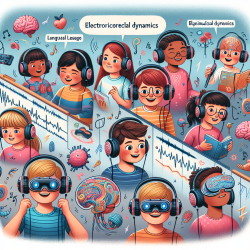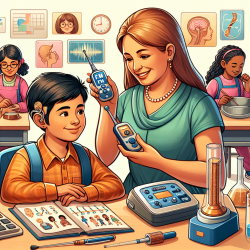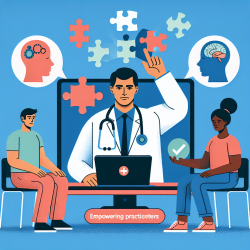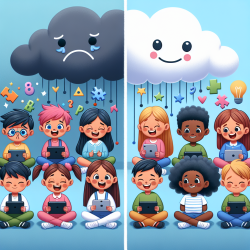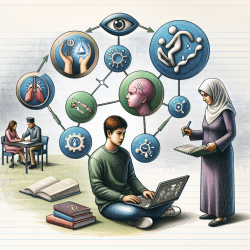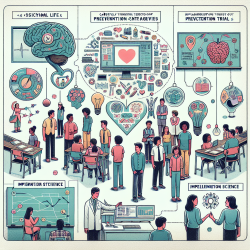In the quest to enhance language outcomes for children with language-learning impairments (LLI), a recent study titled "Electrocortical Dynamics in Children with a Language-Learning Impairment Before and After Audiovisual Training" offers promising insights. The study, conducted by Heim, Choudhury, and Benasich (2015), explored how audiovisual training could modify electrocortical responses in children with LLI.
The study utilized event-related potentials (ERPs) to measure brain activity in response to rapid tone sequences in children aged 6 to 9 years. The participants included 21 children with LLI and a control group of 12 children with typical language development (TLD). Both groups underwent ERP measurements before and after the LLI group received audiovisual training using the Fast ForWord Language® (FFW) program.
The results revealed significant gains in standardized language measures for the LLI group post-training. Specifically, changes were observed in the P2 component of the ERP, which occurs later than 250 ms after the onset of the second stimulus in the deviant tone pair. This change suggests enhanced discrimination of deviant from standard tone sequences in widespread cortices in LLI children after training.
For practitioners, these findings highlight the potential of audiovisual training programs like FFW to induce neuroplastic changes in children with LLI. The study's data-driven approach provides robust evidence supporting the use of such interventions to improve language outcomes.
Practitioners are encouraged to consider the following strategies based on the study's findings:
- Implement audiovisual training programs to target auditory processing deficits in children with LLI.
- Utilize ERP measurements to assess the efficacy of interventions and monitor neuroplastic changes.
- Encourage further research to explore additional training protocols and their impact on electrocortical dynamics.
By integrating these strategies into practice, practitioners can contribute to the advancement of effective treatments for children with LLI, ultimately leading to better language outcomes.
To read the original research paper, please follow this link: Electrocortical Dynamics in Children with a Language-Learning Impairment Before and After Audiovisual Training.
